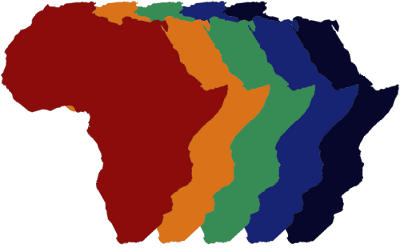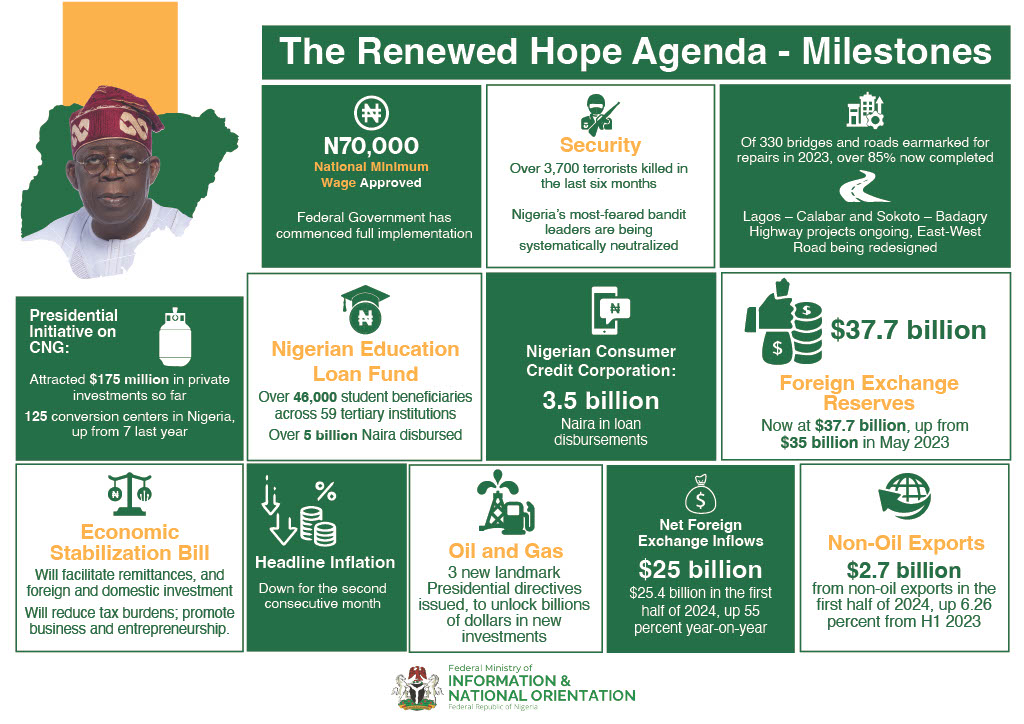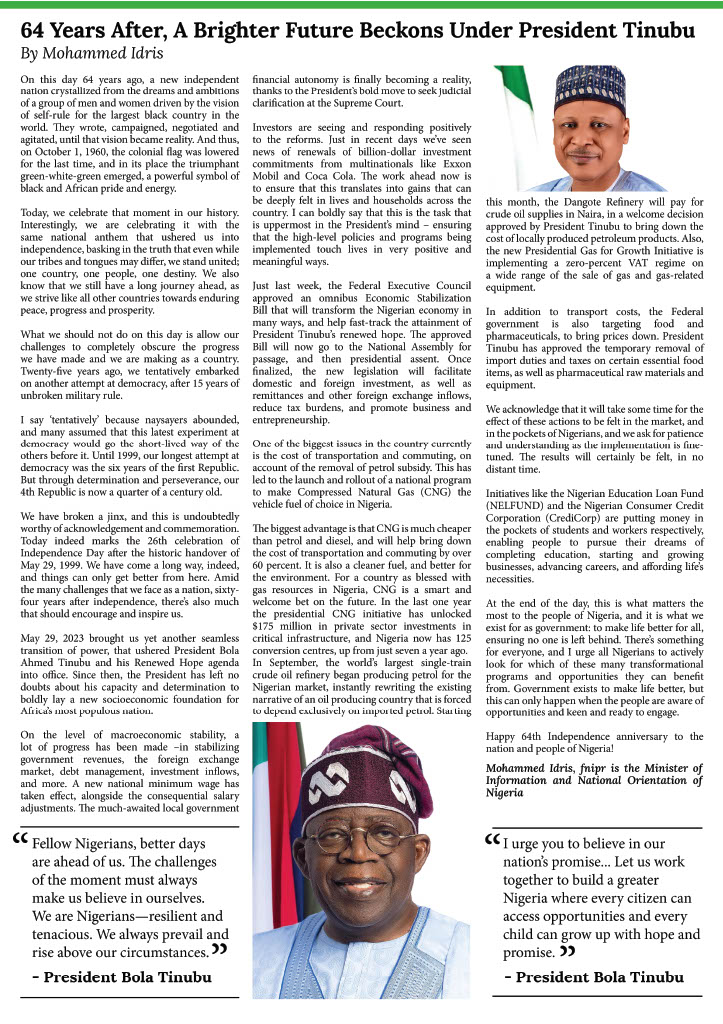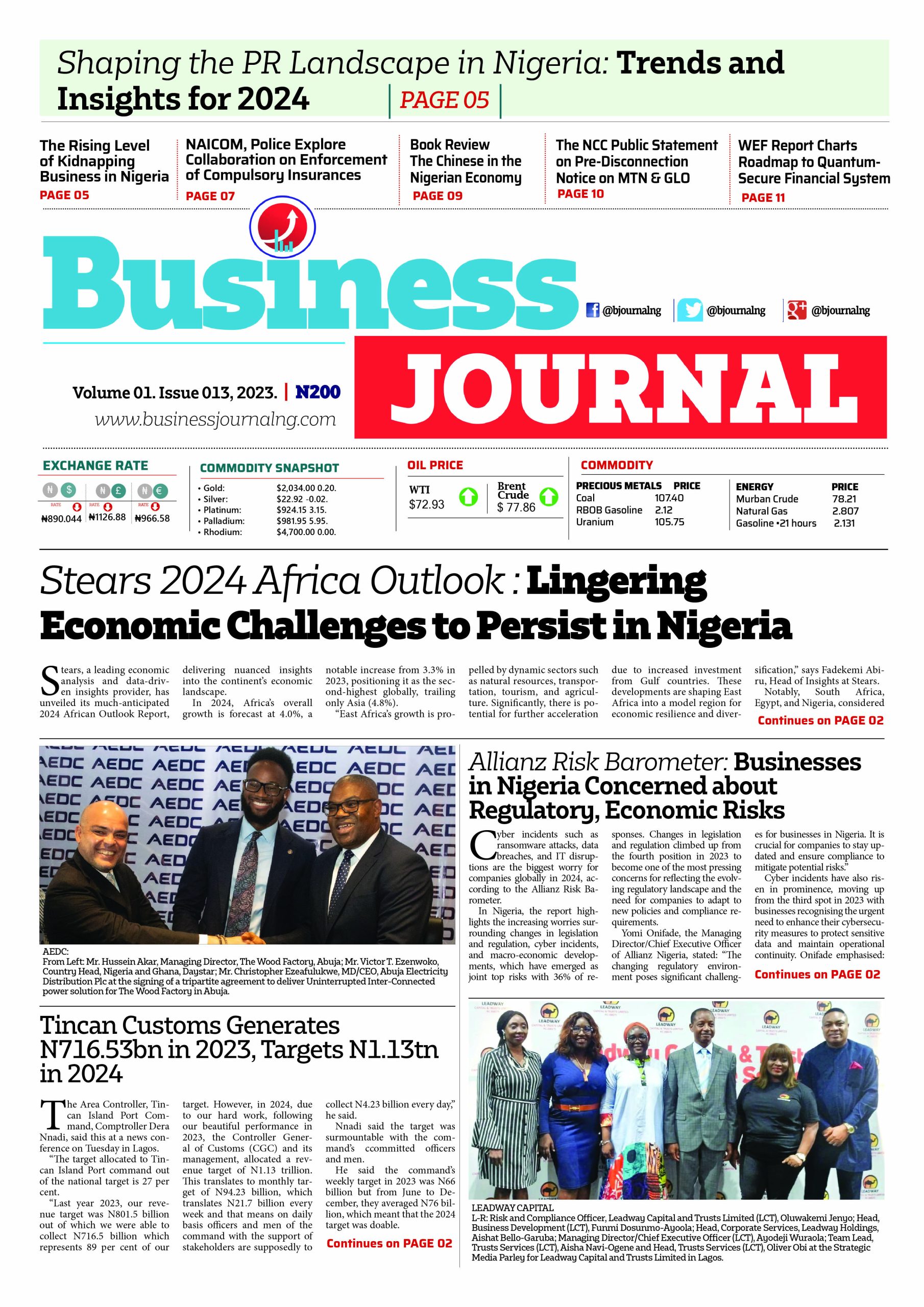The World Bank Group says growth in Sub-Saharan Africa is forecast to slow again in 2016, to 2.5%, down from an estimated 3.0% in 2015, as commodity prices are expected to remain low, global activity is anticipated to be weak, and financial conditions are tightening.
Oil exporters are not likely to experience any significant pickup in consumption growth, while lower inflation in oil importers should support consumer spending.
However, food price inflation due to drought, high unemployment, and the effect of currency depreciation could offset some of this advantage. Investment growth is expected to slow in many countries as governments and investors cut or delay capital expenditures in a context of fiscal consolidation.
Meanwhile, the World Bank is downgrading its 2016 global growth forecast to 2.4% from the 2.9% pace projected in January. The move is due to sluggish growth in advanced economies, stubbornly low commodity prices, weak global trade, and diminishing capital flows.
According to the latest update of its Global Economic Prospects report, commodity-exporting emerging market and developing economies have struggled to adapt to lower prices for oil and other key commodities, and this accounts for 40% of the downward revision. Growth in these economies is projected to advance at a meager 0.4% pace this year, a downward revision of 1.2 percentage points from the January outlook.
“This sluggish growth underscores why it’s critically important for countries to pursue policies that will boost economic growth and improve the lives of those living in extreme poverty,” said World Bank Group President, Jim Yong Kim.
“Economic growth remains the most important driver of poverty reduction, and that’s why we’re very concerned that growth is slowing sharply in commodity-exporting developing countries due to depressed commodity prices.”









